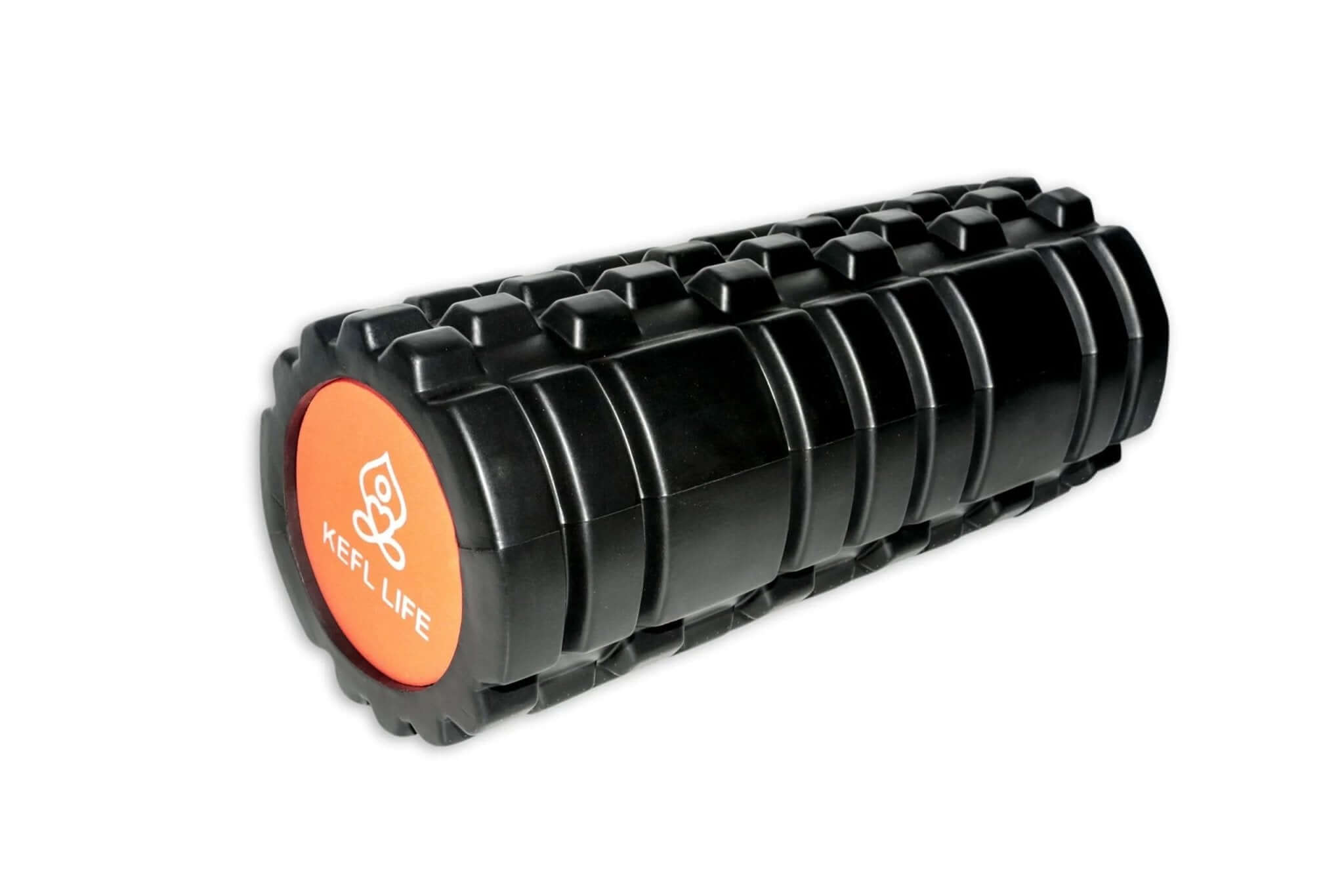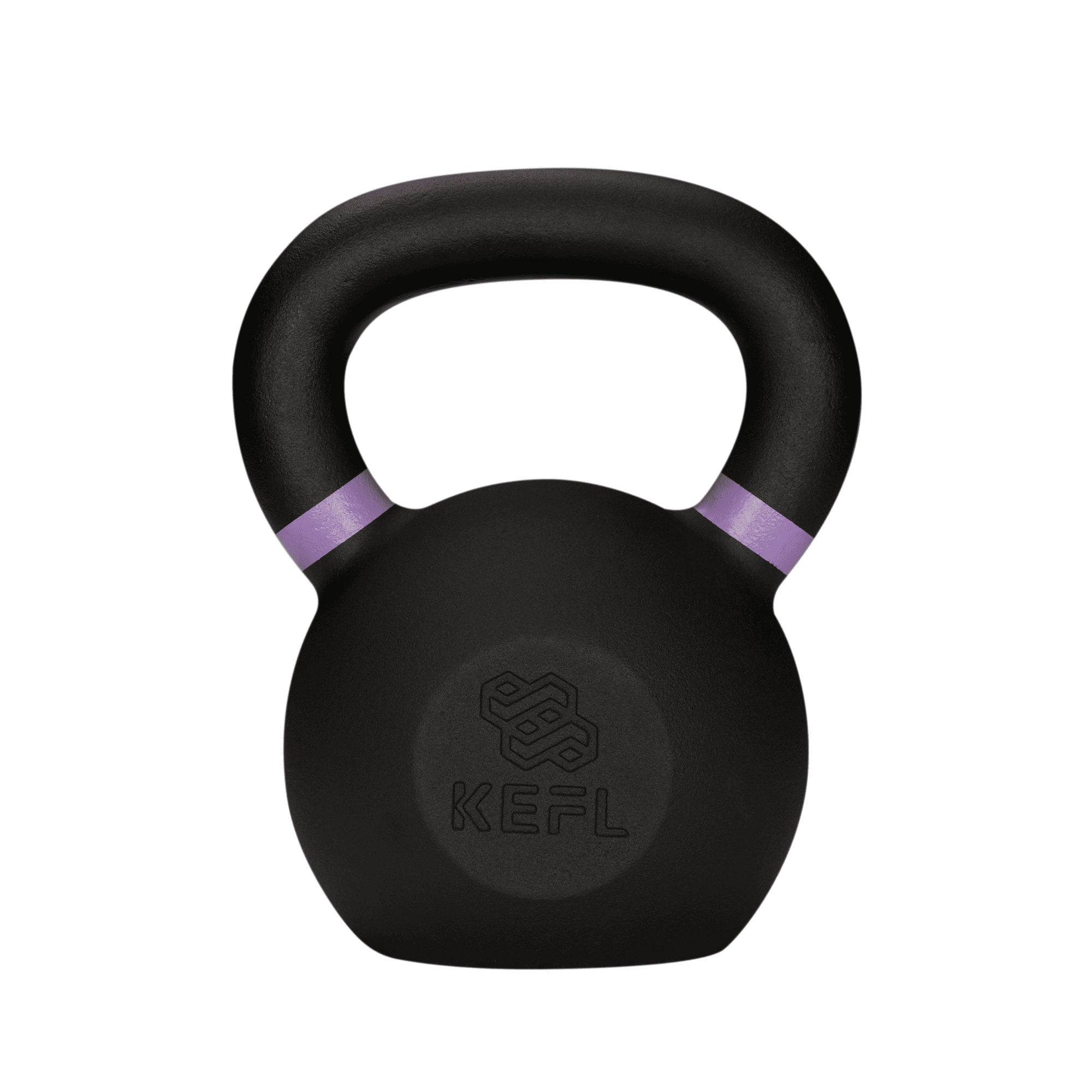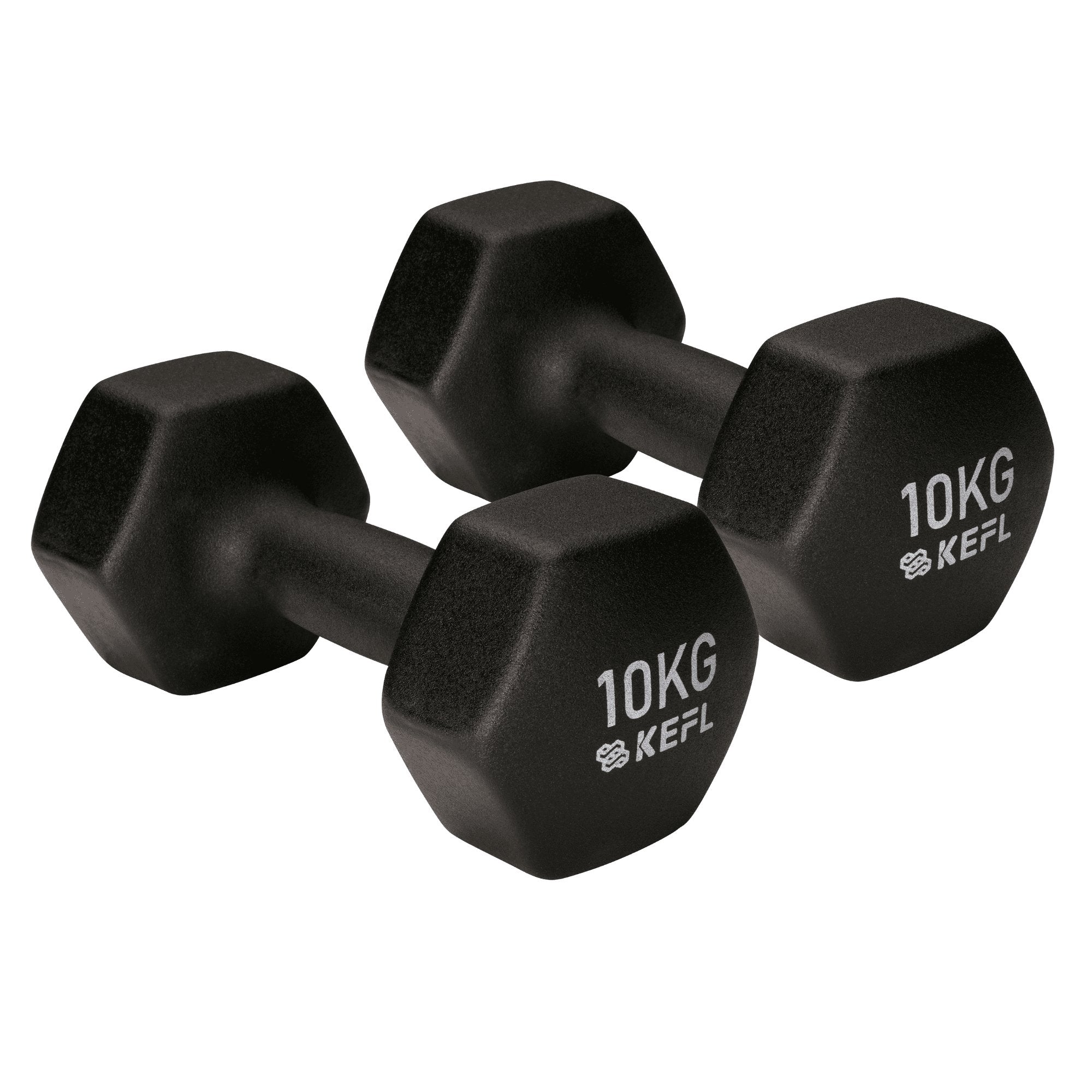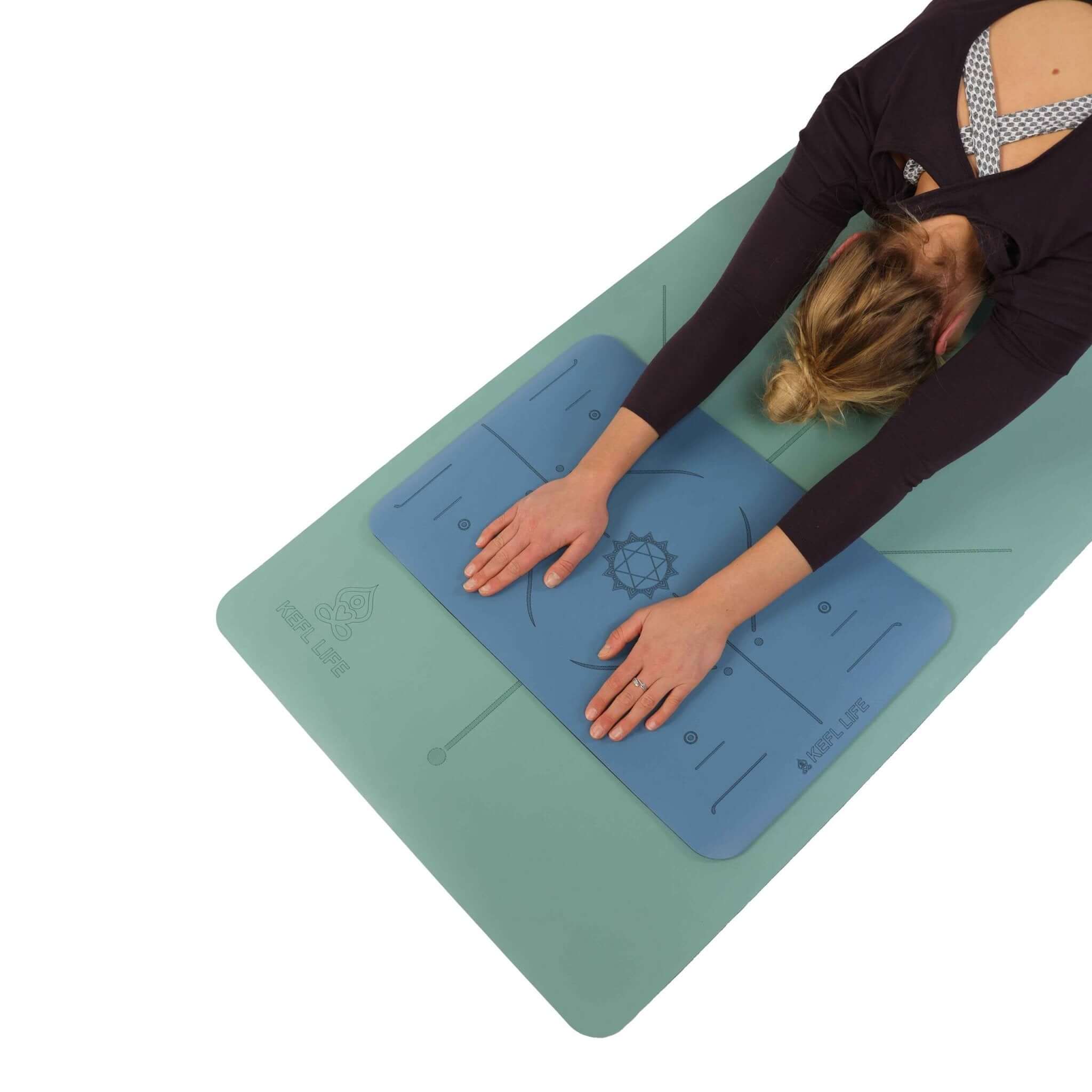KEFL Life Half-Foam Rollers
Choose your option
KEFL Life Foam Rollers
Choose your option
KEFL Life Yoga Foam Roller Crescent Tooth
Choose your option
Choose your option
KEFL Life Yoga Foam Roller, Hollow, Blue & Pink
Choose your option
KEFL 3 in 1 Foam Roller, Orange-Black
Choose your option
Foam Rollers
Black Friday Bestsellers
FAQs
If you have any questions, we’re here to help. As a family-run business based in Milton Keynes, we pride ourselves on providing friendly and reliable support.
Feel free to check out our full FAQs page or contact us.
How do I use a foam roller?
How do I use a foam roller?
Which foam rollers are the best?
Which foam rollers are the best?
What does the foam roller do?
What does the foam roller do?
Do foam rollers work?
Do foam rollers work?
How to use a foam roller for legs?
How to use a foam roller for legs?
How to use a foam roller for the back?
How to use a foam roller for the back?
How long will delivery take?
How long will delivery take?
Our aim is to process and deliver your orders as quickly as possible, usually within 2-5 days. We understand that unexpected situations can cause delays, but rest assured that we'll provide you with tracking information so that you can keep a tab on your order's status.
We're happy to say that the majority of our customers receive their orders on time without any issues. However, if you haven't received your delivery within 10 days of your purchase, please don't hesitate to contact us. We're always ready to assist you in any way we can.
How much is shipping?
How much is shipping?
Delivery charges vary based on the total weight of your order, your delivery location, and the service selected at checkout.
In some cases, only one delivery option may appear at checkout. This is due to courier restrictions based on weight or location, where other services may not be eligible or available.
What about collection?
What about collection?
We also offer a collection service from our warehouse. If you would prefer to collect your order, simply select the Pickup option at checkout. For more information see our FAQ page.






































